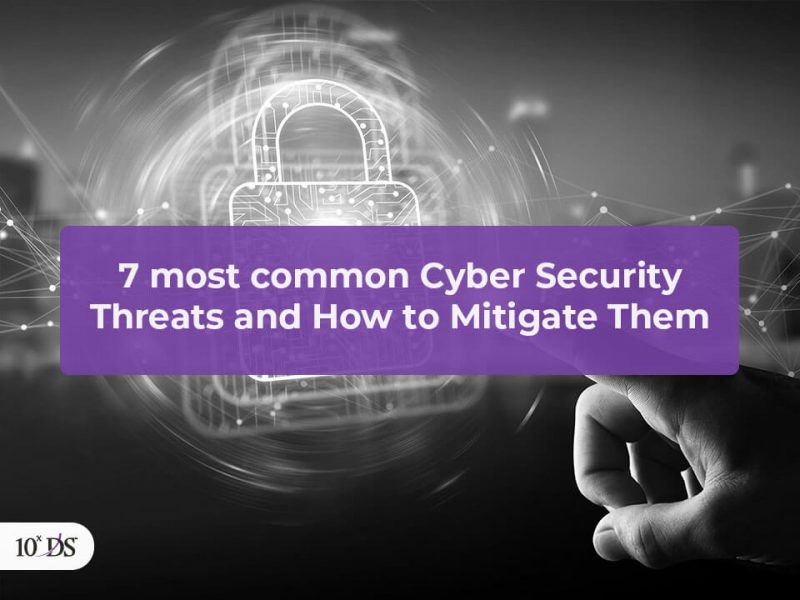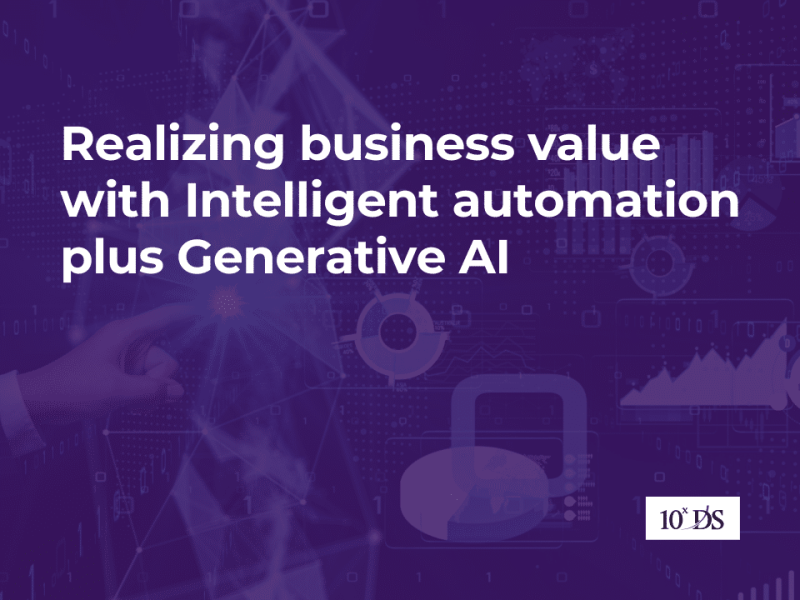
Transformative Powers: Generative AI Reshaping the Cybersecurity Paradigm
According to the Cost of a Data Breach Report 2023, organizations that extensively used AI and automation saw an average cost of a data breach of $3.60 million, compared to $4.04 million for those reporting limited use of AI and automation. Organizations that did not use AI and automation at all experienced significantly higher breach costs at $5.36 million. In the ever-evolving landscape of cybersecurity, the rise of AI marks a transformative epoch. As we navigate between attackers and defenders, the ability of AI to generate innovative solutions is becoming a game-changer. Generative AI, a subset of artificial intelligence that involves machines creating content, is poised to revolutionize cybersecurity in unprecedented ways. Its capacity to learn from vast datasets, simulate threat scenarios, and generate proactive defense mechanisms holds immense promise.
Generative AI in Action: Use Cases and Tools
Threat Simulation and Prediction:
Threat simulation and prediction in cybersecurity represent a proactive strategy aimed at staying ahead of potential cyber threats. It involves the utilization of advanced technologies, including Generative AI, to create simulated scenarios that mimic real-world cyber threats. This process begins with the meticulous modeling of threat data, encompassing historical attack patterns, known vulnerabilities, and evolving cyber tactics. Using this model, Generative AI algorithms generate diverse threat scenarios, simulating the tactics, techniques, and procedures employed by cyber adversaries. These simulated threats are then systematically tested against existing defense mechanisms, allowing organizations to evaluate the effectiveness of their cybersecurity protocols and identify areas for enhancement. The continuous learning aspect of Generative AI ensures that the simulations evolve in response to emerging threats, providing organizations with a dynamic and forward-looking approach to cybersecurity defense. Ultimately, threat simulation and prediction empower organizations to proactively fortify their cybersecurity posture, making informed decisions to mitigate potential risks before they materialize.
Automated Code Analysis:
Automated code analysis is a transformative practice in software development and cybersecurity, leveraging advanced tools and algorithms to systematically examine source code for vulnerabilities, potential bugs, and adherence to coding standards. This process is powered by Generative AI models that can comprehend intricate code structures and patterns, enabling a comprehensive examination of software integrity. By automating this analysis, organizations can efficiently identify security loopholes and potential weaknesses in their codebase, significantly reducing the time and effort required for manual reviews. Tools like CodeQL exemplify the capabilities of automated code analysis by conducting deep semantic analysis, identifying security vulnerabilities, and offering actionable insights for developers to enhance code security. This proactive approach not only ensures the production of robust and secure software but also aligns with the principles of DevSecOps, integrating security seamlessly into the software development lifecycle. Automated code analysis serves as a crucial guardian in the ever-evolving landscape of cybersecurity, fortifying the foundations of digital applications against potential threats.
Phishing Detection and Prevention:
Phishing detection and prevention constitute a critical front line in the ongoing battle against cyber threats, particularly those targeting the human element of cybersecurity. Leveraging Generative AI, this process involves the analysis of patterns within phishing emails to identify and categorize malicious content. By employing machine learning algorithms, these systems learn to recognize subtle cues, such as unusual language or deceptive formatting, indicative of phishing attempts. Generative models play a pivotal role in simulating and predicting evolving phishing techniques, enabling organizations to stay ahead of increasingly sophisticated attacks. Furthermore, the integration of advanced email filtering systems, strengthened by Generative AI’s adaptive learning, empowers organizations to automatically detect and quarantine potential phishing threats, thereby fortifying the human firewall and reducing the risk of falling victim to deceptive online schemes. In essence, phishing detection and prevention powered by Generative AI exemplify a proactive and dynamic approach to mitigating one of the most prevalent and potent cyber threats.
Behavioral Analytics:
Behavioral analytics in cybersecurity involves the analysis of user and system behavior to detect anomalies that may indicate security threats. This approach recognizes that typical cybersecurity defenses often struggle to combat insider threats or sophisticated attacks that manifest as subtle deviations from normal patterns. Generative AI plays a pivotal role in this realm by learning from historical data to establish a baseline of normal behavior. It then continuously monitors and analyzes deviations from this baseline, flagging activities that may suggest a security risk. For instance, if a user suddenly accesses sensitive data outside their regular work hours or from an unusual location, behavioral analytics can identify this as a potential threat. By adopting a proactive stance, organizations utilizing behavioral analytics are better equipped to identify and respond to security incidents in real-time, minimizing the potential impact of advanced and nuanced cyber threats.
Some examples of cybersecurity tools that use GEN AI are:
Google Cloud Security AI Workbench
This is a platform that allows security practitioners to use natural language to interact with security event data, generate queries and recommendations, and leverage threat intelligence from Google and Mandiant.
Mandiant Threat Intelligence
This is a service that provides AI-powered capabilities to assess, summarize, and prioritize threat data across proprietary and public sources.
VirusTotal Code Insight
This is a tool that helps analyze and explain the behavior of potentially malicious code without needing to reverse engineer scripts.
Chronicle Security Operations
This is a solution that enables users to use natural language to generate queries and interact with security event data. It also provides context and offers recommendations for quick response.
Security Command Center
This is a service that translates complex attack graphs to plain text explanations of exposure and simulates possible attack paths, highlighting impacted assets and recommending mitigations before assets can be exploited.
Generative AI doesn’t replace human expertise; rather, it complements and amplifies it. The synergy between human intuition and AI-driven analysis creates a formidable defense against rapidly evolving cyber threats. In the realm of cybersecurity, adaptability is paramount. As organizations embrace the power of Generative AI, they open new frontiers in their defense against cyber threats. The synergy between human intelligence and AI innovation is reshaping the security landscape. As Accenture’s Chief Technology and Innovation Officer (CTIO), Paul Daugherty says, “In our business, we talk about emerging technologies and how they impact society. We’ve never seen a technology move as fast as AI has to impact society and technology. This is by far the fastest moving technology that we’ve ever tracked in terms of its impact and we’re just getting started.” We need to wait and watch as AI in cybersecurity evolves since attackers will also use AI for their attacks. Hence embracing this technological evolution is not merely an option; it’s a strategic imperative in the ongoing battle for digital resilience.
Connect with our Experts at 10xDS for Innovative Solutions and Strategic Insights


